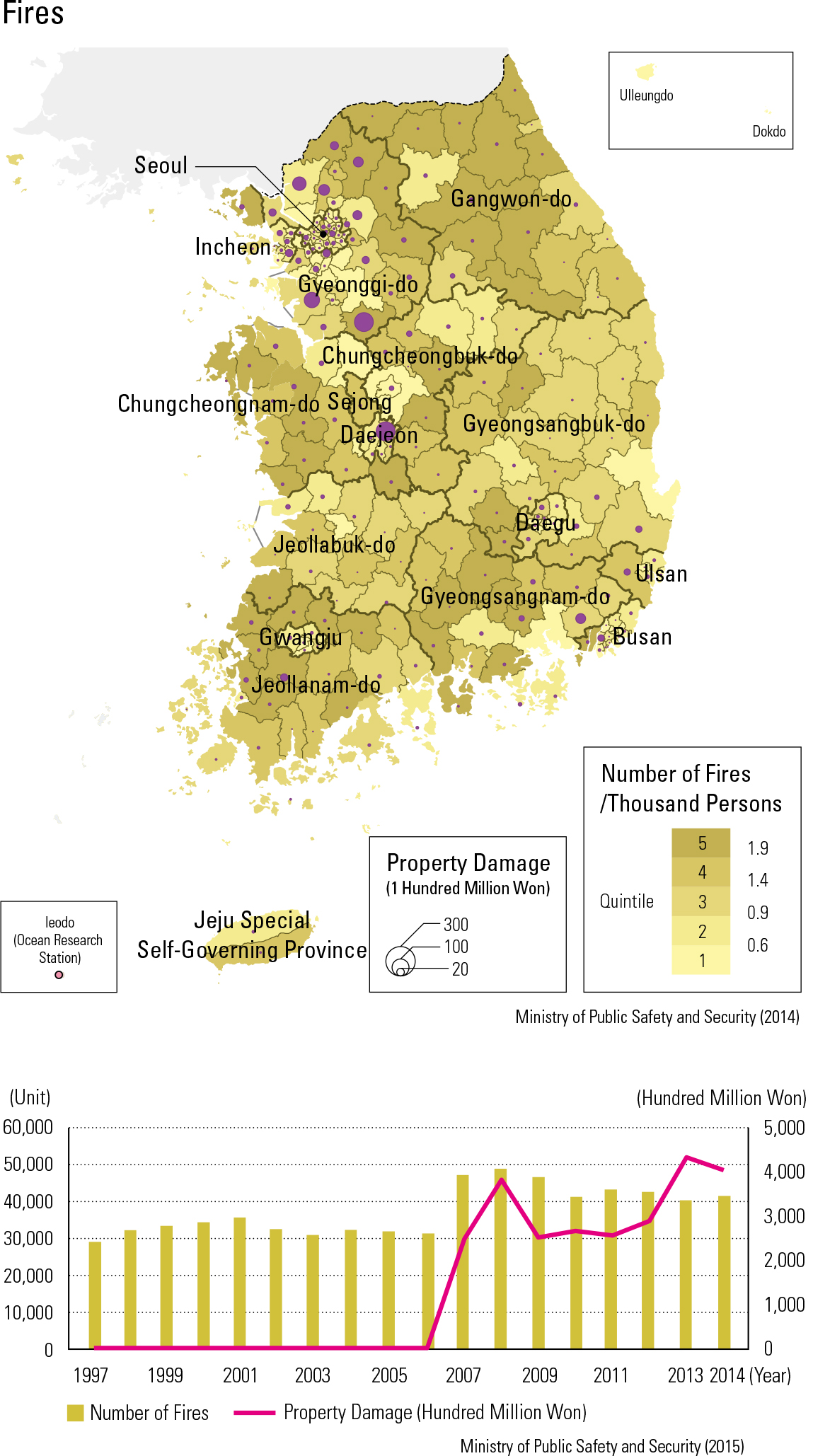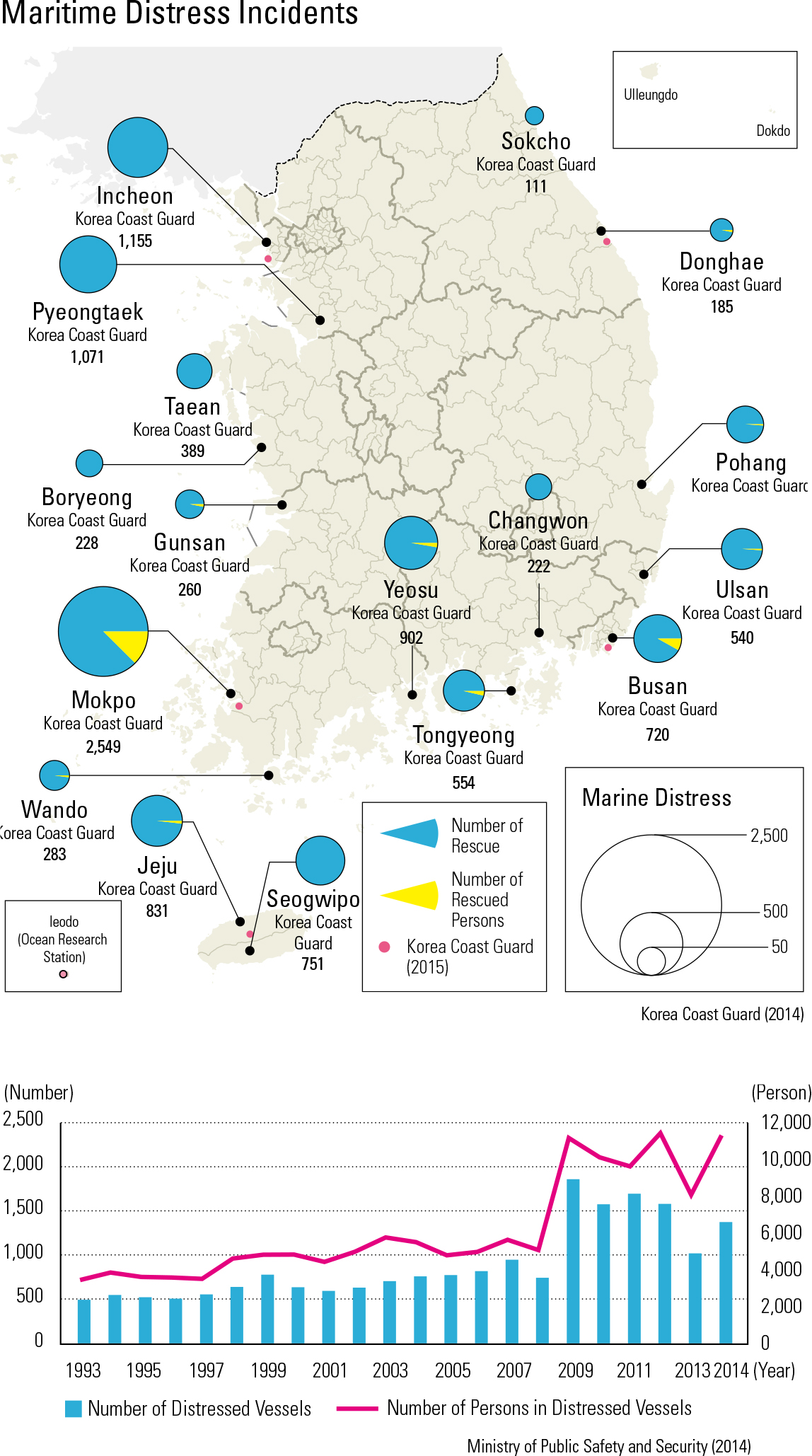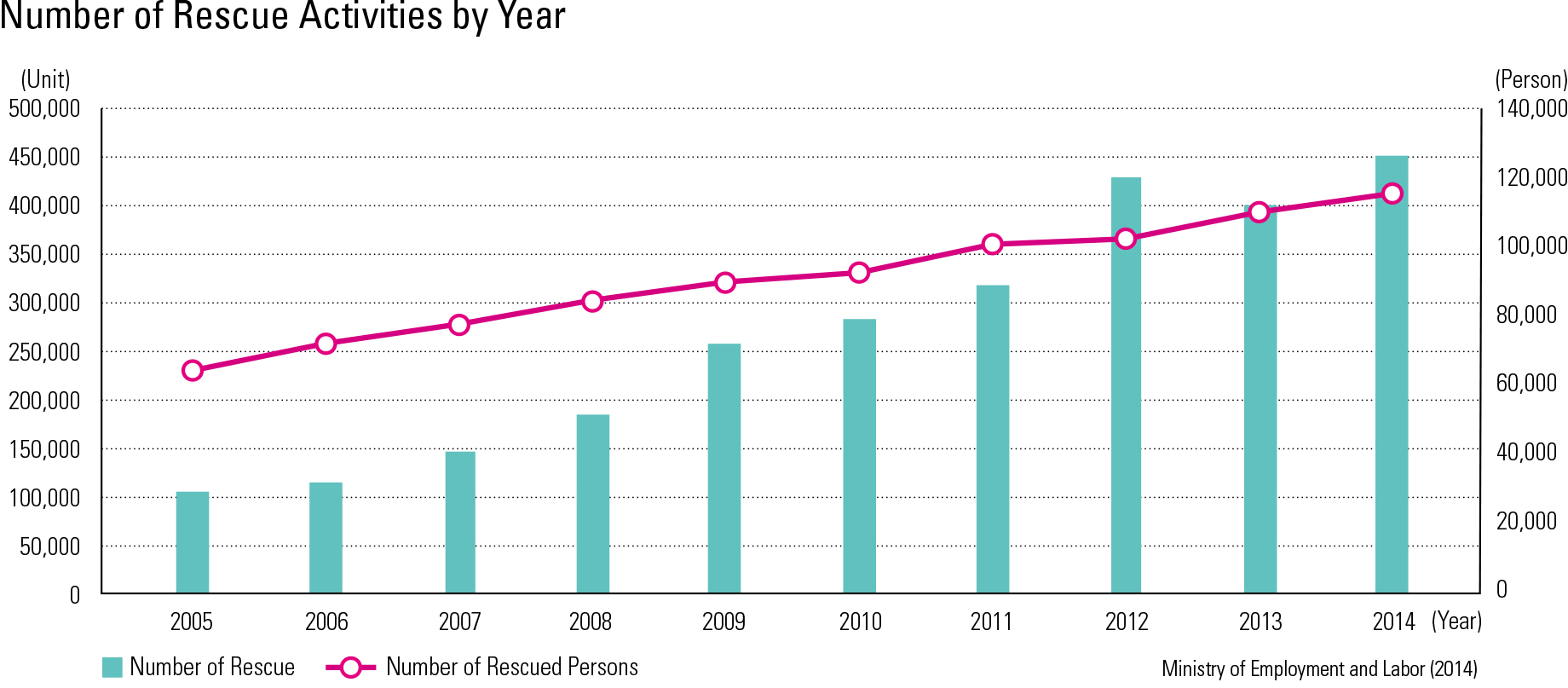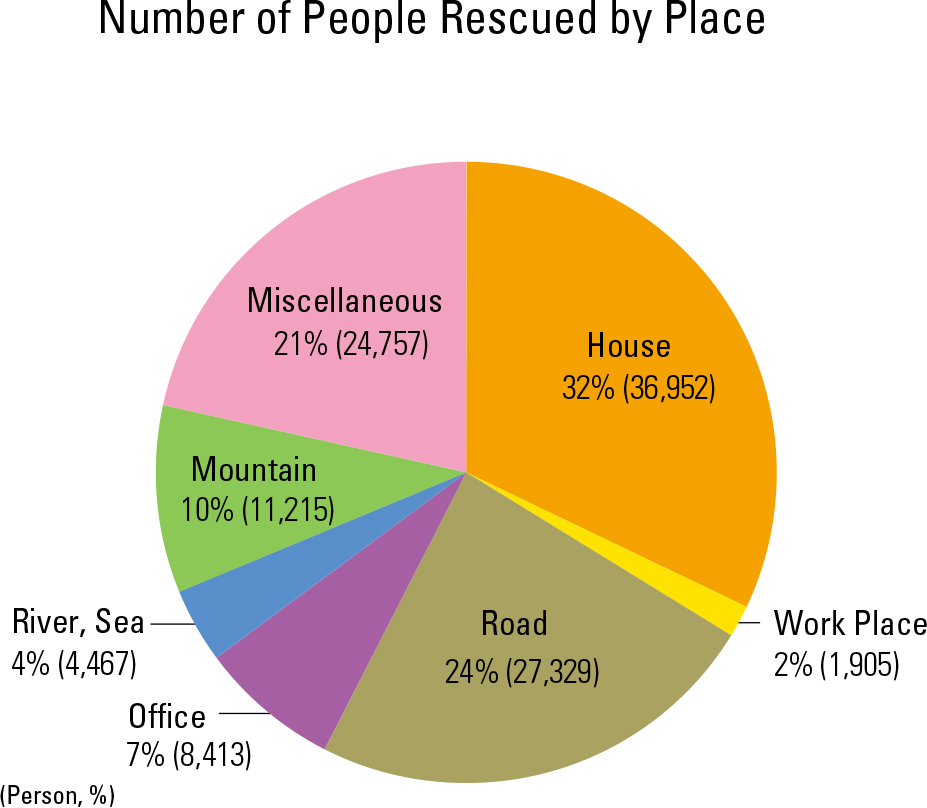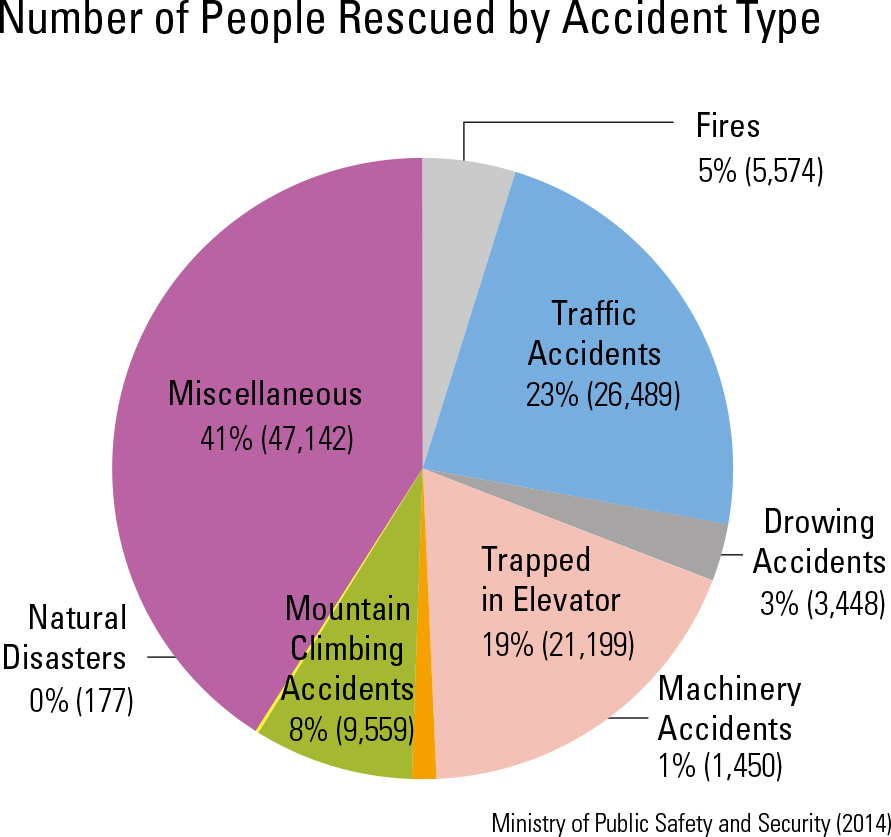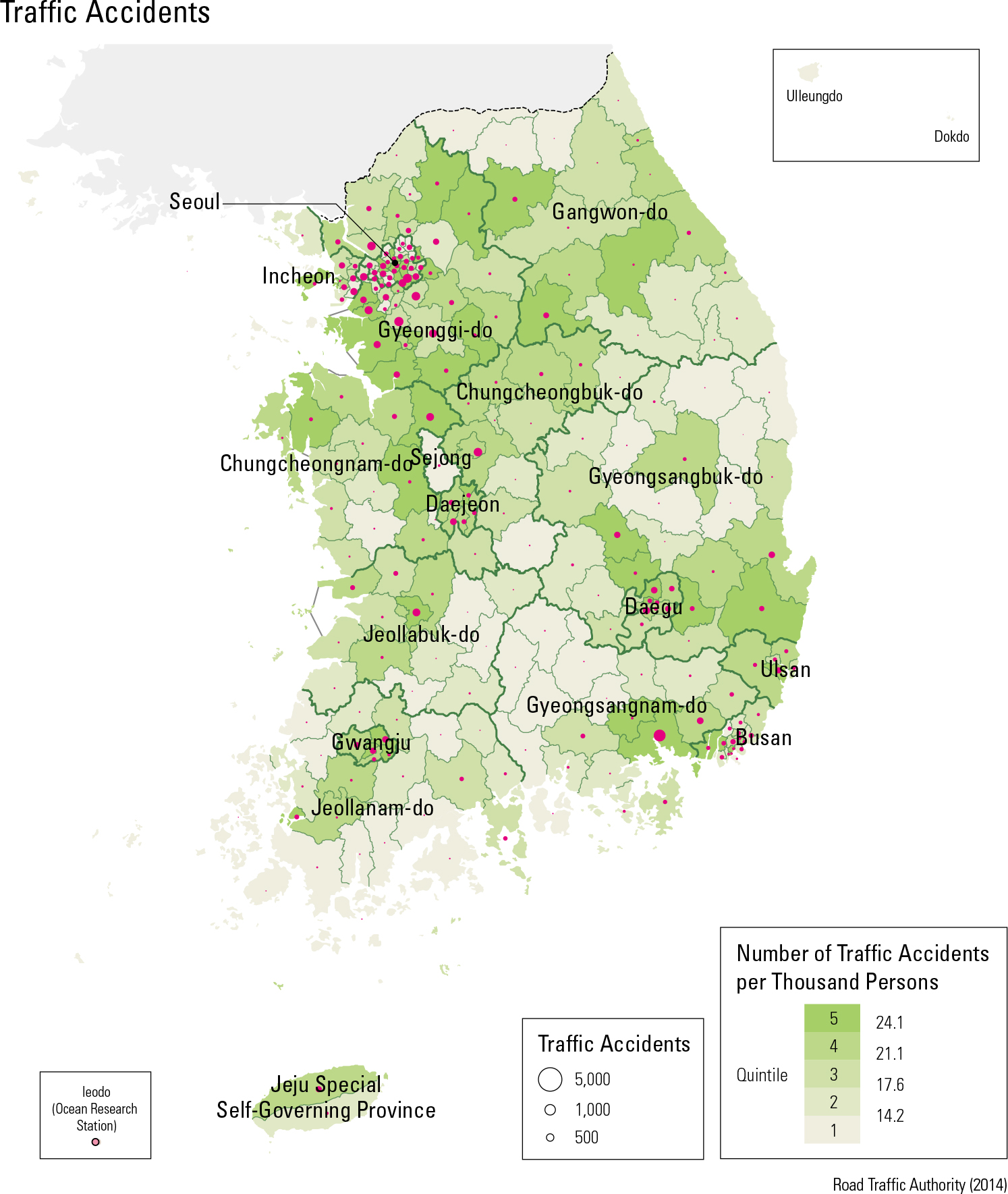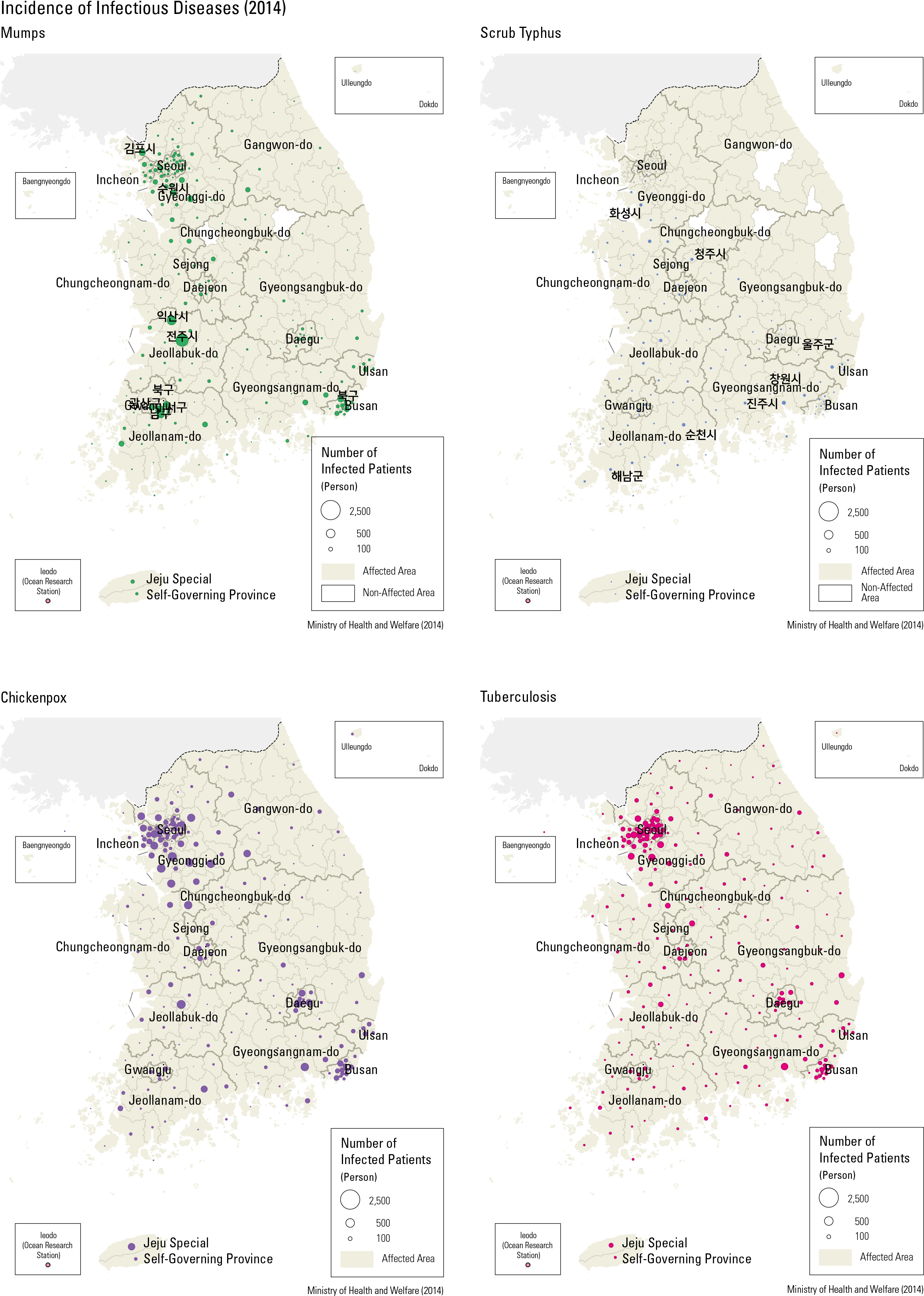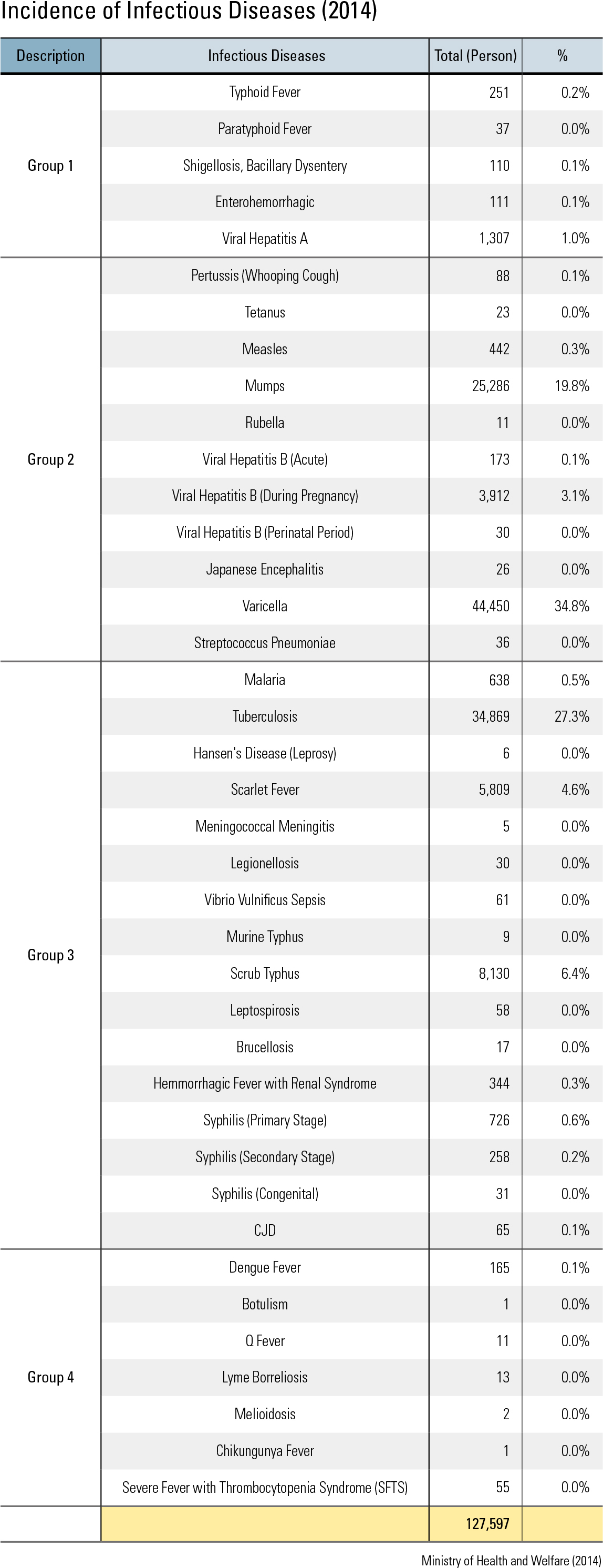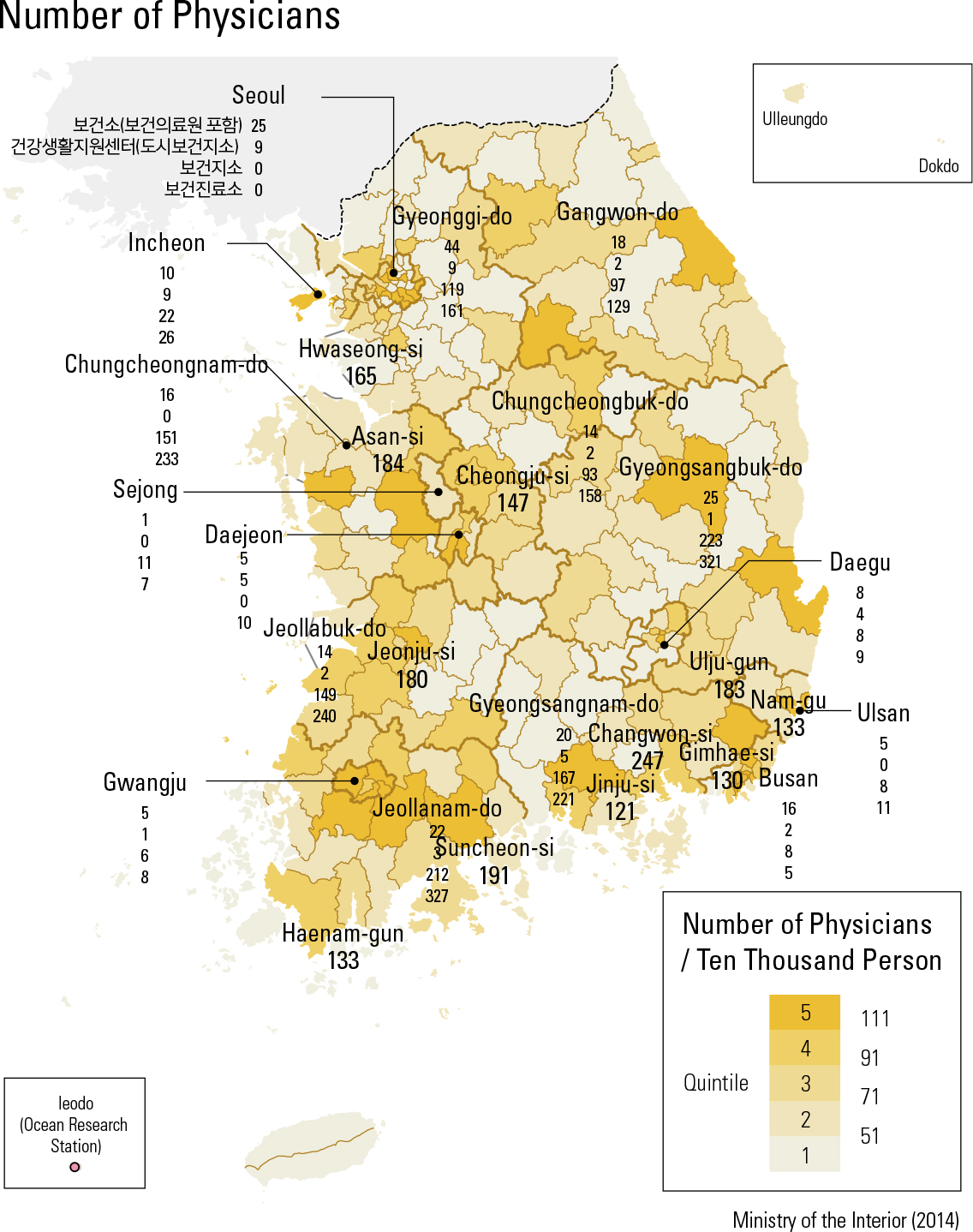English III
Rescue operations are those that protect life, body, and property, and emergency medical services refers to rst aid and transport to hospitals. The data on rescue operations and emergency medical services are based on situations where emergency operations centers in re stations across the country received 119 calls and dispatched rescue squads to perform the necessary actions. The number of res- cue and emergency medical service operations is on the rise, with an aging population and more people enjoying recreational activities, as well as an increase in the use of cars. In 2014, 1.68 million peo- ple were transported for medical treatment, a 56-fold increase from 30,000 in 1985. The number of people rescued reached 120,000 in 2014, twice as many as 60,000 in 2005. An examination of where the accidents took place reveals that 32% of all rescues took place in homes, and 52% of all medical transport also originated from homes, indicating that the home is the primary place for requesting emergency rescue activities. By type, traf c accidents are the most common type of emergency sit- uation at 23%, followed by “trapped in elevator” (19%), mountain climbing accidents (5%), res (5%), and drowning accidents (3%). Annual trends indicate that while the number of traffic accidents and industrial accidents remain relatively stable, the number of res and maritime distress incidents have increased greatly since 2007 and 2009, respectively.
page_2 |
